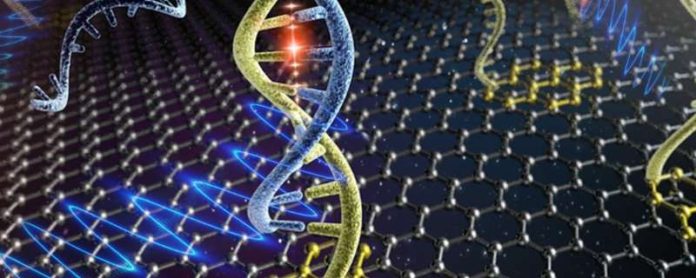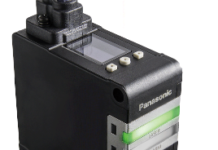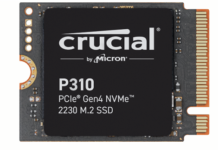
Leiden and Jülich researchers discovered an elegant and simple approach to improve the sensitivity of graphene biosensors. These so-called ‘next generation graphene electronic biochemical sensor devices’ are able to detect very low amounts of HIV DNA thanks to their very low electronic noise.
The richness of electronic properties of graphene has attracted enormous interest for electrically detecting chemical and biological species using this two-dimensional material. “Over the past years, we have been focused on harvesting the unique physical and chemical properties that graphene offers for the development of versatile electronic sensor devices. The creation of practical graphene electronic sensors, however, greatly depends on our ability to understand and maintain a low level of electronic noise. And we believe that it is the fundamental reason limiting the sensor resolution,” Wangyang Fu says. Fu is a senior researcher at the Leiden Institute of Chemistry and recipient of a NWO Veni grant and an APM grant from SNF.
With colleagues from both Leiden University and Jülich Research Centre, Fu reports a low-noise graphene electronic sensor by operating the sensor near its neutrality point, where the electronic noise is found to be minimized. “Such minimization in the electronic noise can be achieved with uncompromised sensing response, and thus significantly improves the signal-to-noise ratio – compared to that of a conventionally operated graphene transistor for conductance measurement,” Fu explains.
In their paper, Fu and colleagues also deliver a proof-of-concept demonstration of the usage of low-noise graphene chips to biochemical sensing applications (see picture). In this case, they used their sensor to detect HIV DNA. They selected a fragment of a HIV gene which is involved in regulating virus stredding as a test bed. This single-stranded piece of DNA is bound to the graphene surface. “A single-stranded PNA molecule – a synthetic variant of DNA – is first noncovalently anchored on the graphene surface with a pyrene linker group. Then a complementary DNA-strand can bind. We can detect this hybridization event very sensitively at a very low noise level,” co-authors Lingyan Feng and Dirk Mayer said.
Co-authors Andreas Offenhӓusser and Hans-Joachim Krause summarise: “The development of low-noise, portable, and reliable graphene sensors for point-of-care applications is at the frontier of graphene electronics and biosensors. That could have an enormous societal impact for the broader field of medical diagnosis.”


















